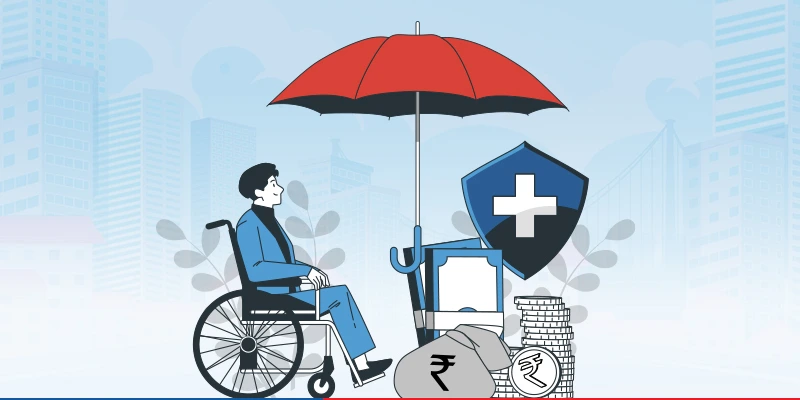Life is unpredictable, and no one knows when an illness or injury might prevent them from working. This is where disability insurance steps in, offering a financial lifeline when you are unable to earn a paycheck due to a disability. Whether it’s short-term or long-term, disability insurance ensures that you can meet your financial obligations when you’re unable to work. Let’s dive into what it is, how it works, and why it’s essential for anyone who relies on their income to make ends meet.
What Is Disability Insurance?
Disability insurance is a type of insurance policy that provides income replacement if you are unable to work due to illness or injury. It covers a portion of your salary, typically ranging from 40% to 70%, depending on the policy. There are two main types of disability insurance:
- Short-term disability insurance (STD) – This coverage provides benefits for a limited time, usually up to six months. It’s designed to cover temporary disabilities, such as recovery from surgery or a broken bone.
- Long-term disability insurance (LTD) – This coverage kicks in after your short-term disability benefits end and can last for several years or even until retirement. Long-term disability insurance covers more severe conditions, like chronic illnesses or permanent disabilities.
How Does Disability Insurance Work?
Disability insurance works by paying out a percentage of your salary if a covered disability prevents you from working. To qualify for benefits, you’ll need to meet the policy’s definition of disability, which may vary between insurers. Generally, you may be considered disabled if you are unable to perform the duties of your job due to a medical condition.
Here’s a quick breakdown of how it works:
- Waiting Period: Also known as an elimination period, this is the amount of time between when you become disabled and when your benefits start. Short-term policies typically have shorter waiting periods (a week or less), while long-term policies may require a waiting period of 90 days or more.
- Benefit Period: This is the length of time you will receive benefits. As mentioned, short-term policies may pay out for several months, while long-term disability benefits could last for years.
- Benefit Amount: Your disability insurance will provide a set percentage of your income, which is specified in the policy. This allows you to cover essential expenses such as mortgage payments, medical bills, and daily living costs.
Why Is Disability Insurance Important?
Many people assume that disabilities are rare, but statistics show otherwise. According to the Social Security Administration, one in four people will experience a long-term disability before they reach retirement age. Without disability insurance, you may struggle to pay your bills, which can lead to significant financial strain.
Here’s why disability insurance is a crucial part of your financial plan:
- Protects Your Income: Your ability to earn an income is one of your most valuable assets. Disability insurance acts as a safety net, ensuring that you can continue to pay your bills and support your family if you are unable to work.
- Covers a Range of Disabilities: Disability insurance can cover a wide variety of conditions, including injuries, illnesses, and chronic health issues. Even conditions like cancer, heart disease, or mental health issues may be covered under certain policies.
- Fills the Gaps Left by Employer or Government Benefits: While some employers offer disability insurance as part of their benefits package, it often doesn’t provide full coverage. Likewise, government programs like Social Security Disability Insurance (SSDI) can take months to approve and may not be enough to cover all your expenses. Private disability insurance can help bridge these gaps.
How Much Disability Insurance Do You Need?
When deciding how much disability insurance to purchase, consider the following:
- Income Replacement: Ideally, you want enough coverage to replace 60% to 70% of your pre-tax income. This should cover your essential expenses, such as housing, utilities, and groceries.
- Monthly Expenses: Take a close look at your budget. How much do you need to pay your bills if you are unable to work? Your disability insurance should cover at least your necessary living expenses.
- Duration of Coverage: Depending on your financial situation, you may opt for short-term coverage, long-term coverage, or both. Keep in mind that long-term policies generally provide more comprehensive protection, but they also tend to be more expensive.
Conclusion
Disability insurance is an essential tool for anyone who relies on their paycheck to support themselves or their family. It provides a financial cushion during challenging times, allowing you to focus on your recovery without worrying about how to make ends meet. Whether you’re considering short-term or long-term coverage, take the time to assess your needs and choose a policy that offers the protection you deserve. With disability insurance in place, you can have peace of mind knowing that you’re prepared for life’s unexpected events.




